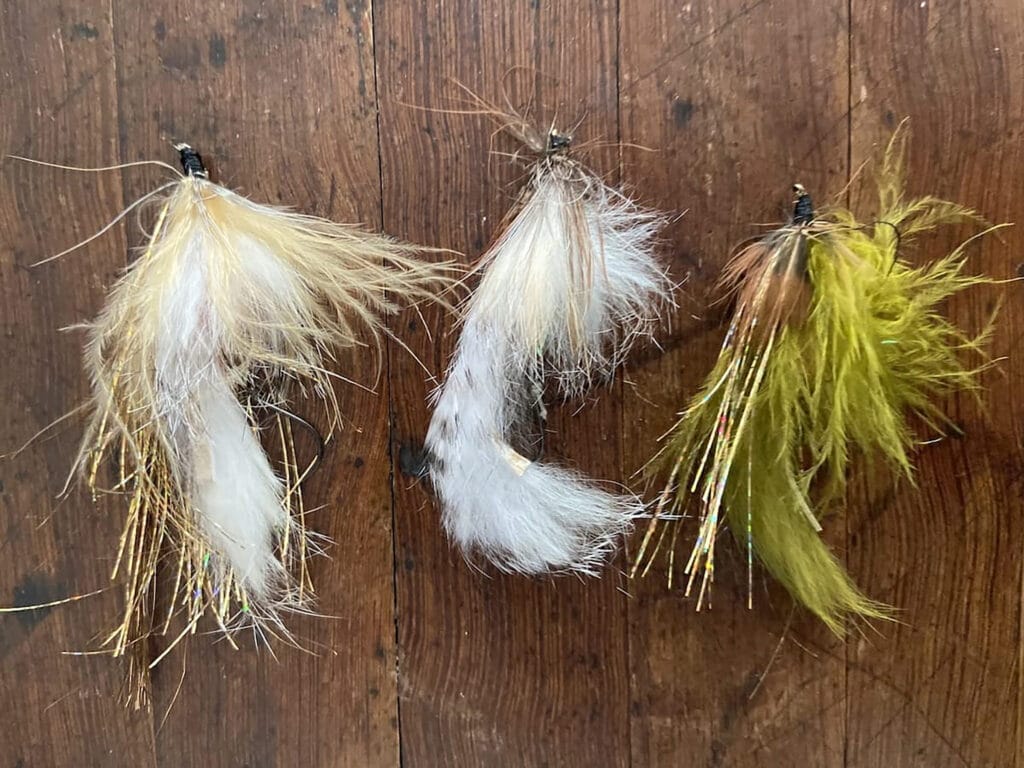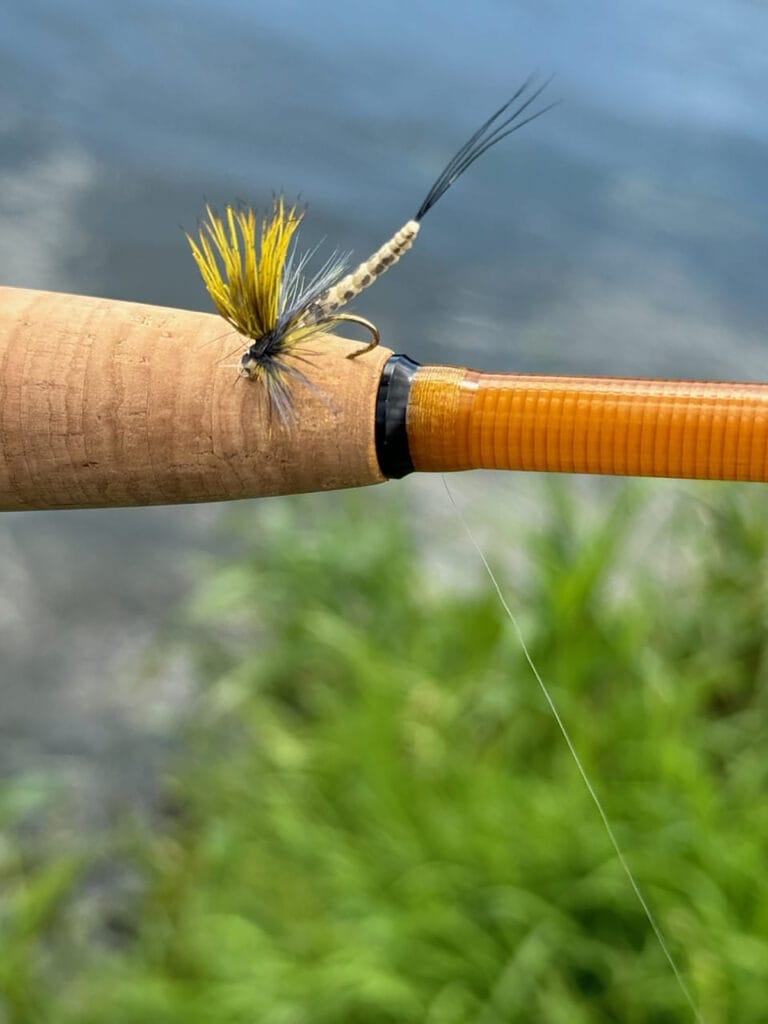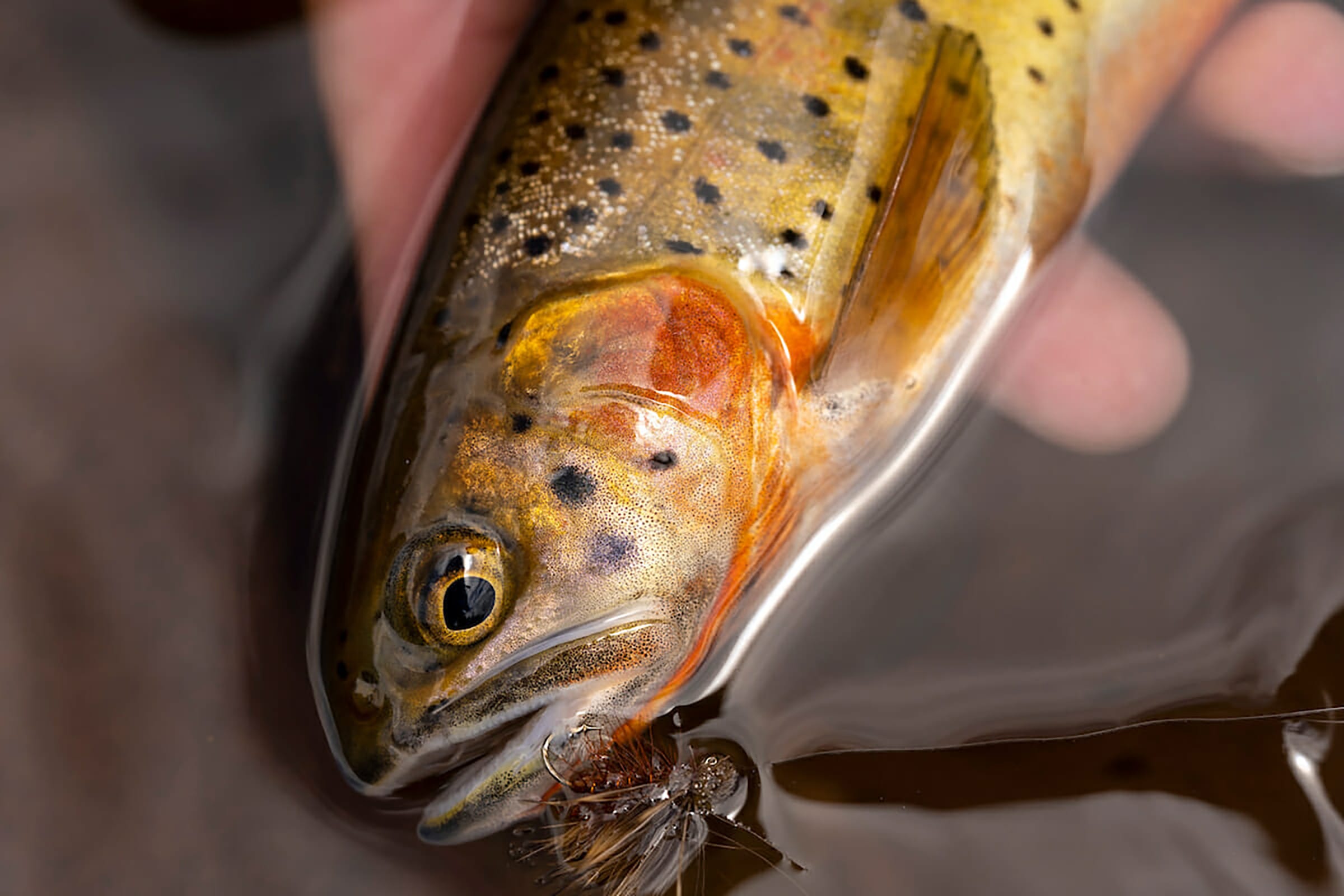The other day, whilst scanning through social media (which can be a very unhealthy or extremely informative deal, depending on how you look at it) I noticed a post that asked, “What do so many fly anglers have against the bobber?”
That’s a very fair question, and it isn’t easy to answer, but I’ll do my best.
“Stike indicators,” which are bobbers in any form and format came into fashion about 20-30 years ago, along with the bead-head nymph. I remember, very clearly, my cousin, Andrew, who had just spent a summer guiding in Montana, coming back to sit around the dinner table by the home river in Michigan to talk about this “new phenomenon.”

“You cast nymph flies UPSTREAM, and watch as this bobber-thing floats down, and when the bobber stalls, staggers or sinks, you set the hook!” It’s incredible, works like a charm.
Effective but not the top of the fly fishing game
Now, for context, everyone else around that table thought nymph fishing was for children. In our family, you fished nymph flies—maybe a wet-fly coachman or hare’s ear downstream because you were little, and you weren’t big enough to fight the current in the river. You fished “wet flies” downstream until you were big enough to turn around and cast dries into the current. That was usually around the time you turned 10 or 11, and it was a big deal
For the record, casting and swinging wet flies downstream was still darn effective, as those bugs imitated hatching insects. And even Grandpa would decide to go “wet” every now and then. So did I.
But top of the game was looking upstream, seeing the fish rise and dropping a fly in the bucket. Dry-fly fishing was… and I still kinda think… top of the fly fishing game.

Make fly fishing more rewarding
I think the thing about bobber (strike indicator) fishing that gets under the skin of many dedicated fly anglers who have been doing this for a long time, is that the bobber-weighted-nymph rig is just so effective. It affords “instant gratification.”
Which is fine on many, many levels. The “tug is the drug,” indeed as my friend Chris Santella so eloquently professed. Pull on a fish on a fly and that gets you jazzed, right?
But at a certain point it really isn’t about the mere pulling on fish, and there’s so much more rewarding to understand how to hook them up top, on a dry fly or make them chase a streamer.
Earn it

In the world we live in now, I totally understand the need for “instant gratification.” Maybe that turns more people onto fly fishing in the first place. But I also respect where the true aficionado stands.
I think it’s rewarding to learn how to cast, match hatches and understand things like presentation and earning a bite, the hard way.
When you go to fish a river where the fish are jaw-scarred, and they don’t rise to dry flies anymore, because they’ve been pounded into submission by the nymph game, I think that’s sad.
I took my 13-year old nephew down the river the other day, and of course, I rigged him with a nymph and a bobber. Because he’d never caught a fish before. So he caught some fish, and that was great.
At the end of the day, the bobber is a shortcut. Nothing more and nothing less. Fishing with one is not an art, nor is it a party foul. It’s a way to shorten (or avoid) the learning curve. It’s only natural that people will have their own feelings about that.



